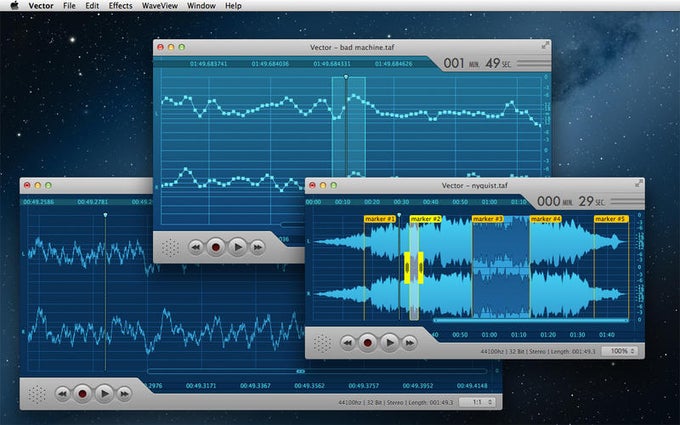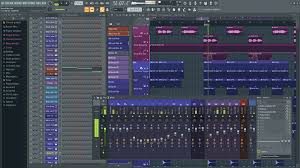

- #Mac soundflower download 2018 how to#
- #Mac soundflower download 2018 update#
- #Mac soundflower download 2018 software#
- #Mac soundflower download 2018 mac#
When prompted to create a new Query, select Yes – this is what retrieves your assigned tasks from Jira: Press Next and enter the URL for your Jira server:
#Mac soundflower download 2018 update#
After installing the plugin by adding the update site above, open the Mylyn/Task Repository view: Integration within Eclipse is using Mylyn. here) suggest the Luna version still installs and works with Oxygen (using update site: ) The installation guide gives an Eclipse Update Sites for Eclipse version up to Luna but not more recent versions (Mars, Neon, Oxygen), but questions online (e.g. Docs on the Atlassian Connector are here.
#Mac soundflower download 2018 how to#
I’ve been meaning to take a look at how to access Jira tickets from within Eclipse, and then the next logical step is to look at the Jira to GitLab integration.įirst up, let’s look at accessing Jira tickets in Eclipse. I’ve been kicking the tires in my local dev setup running my own Jira and GitLab installations. More on this next step, and also configuring to use with WSJT-X coming up next. This shows a ‘Multi-Output Device’ comprising both the regular built-in audio (your speakers) and Soundflower. On MacOS you also have the ability to create composite audio devices using the Audio MIDI Setup app: With some virtual cables you have the option to monitor the audio passing over the virtual cable. You might note that with this current configuration there’s no actual audio coming out of your speakers. With WebSDR we can’t obviously transmit, but if you have access to a remote rig like, you can route the audio from WSJT-X into the remote rig app. From WSJT-X we’re then taking the audio from this virtual cable as the input into WSJT-X, effectively routing the audio from the web browser into WSJT-X.Īlso note that with Output = Soundflower in WSJT-X, if we transmit on WSJT-X the audio will also go out on the virtual cable. Note that with Input = Soundflower we’re routing the Output audio from the WebSDR running in the browser into the Soundflower virtual cable. Next, start up WSJT-X and go to Preferences, Audio: Here’s KFS and we’re tuned in to 7.074Mhz USB to receive some FT8: Start up a browser and pick a Web SDR station from Let’s give this a go to connect the output from a WebSDR with the input to WSJT-X.įirst, from System Preferences, select the Output to be Soundflower (shown above). Instead of configuring Speakers for output and Mic for input, if you configure the input for one app as Soundflower (one end of the virtual cable) and the output for another app also as Soundflower (the other end of the cable), and sound output from one app is now directed into input of the other. Think of the Soundflower device as your cable. Once installed, you’ll find a couple of extra sound devices in your System Preferences: There’s a commercial product called Loopback from Rogue Amoeba, or an open source alternative called Soundflower.įollow the instructions to download and install. On Windows you have a product called VB-Cable (the approach for Windows is similar to what’s described here). What happens though if you want to route your audio from one application to another? For example, can you pipe the audio from a Web SDR running in your browser straight into WSJT-X (or any other digital mode software)? What you need are ‘virtual audio cables’.

#Mac soundflower download 2018 mac#
Normally you would use a physical audio cable between your radio to your Mac, either via a soundcard interface like a Rigblaster, or even a direct USB connection to your Mac and your radio.


#Mac soundflower download 2018 software#
You’re running some digital mode software like WSJT-X on your Mac.


 0 kommentar(er)
0 kommentar(er)
